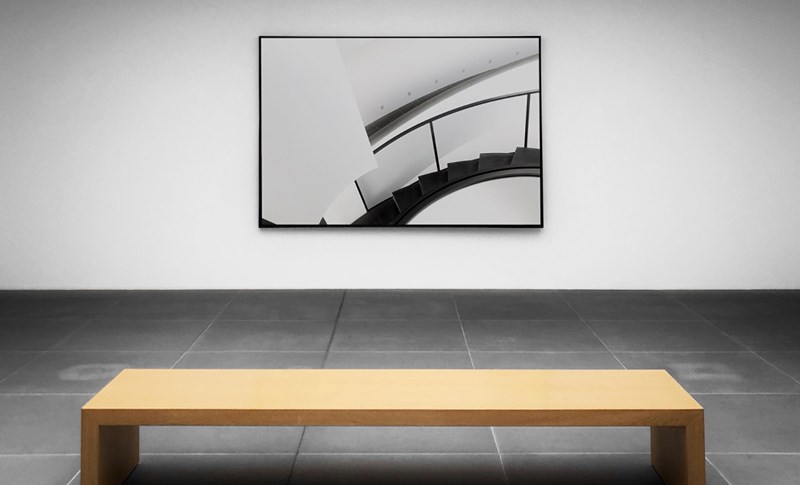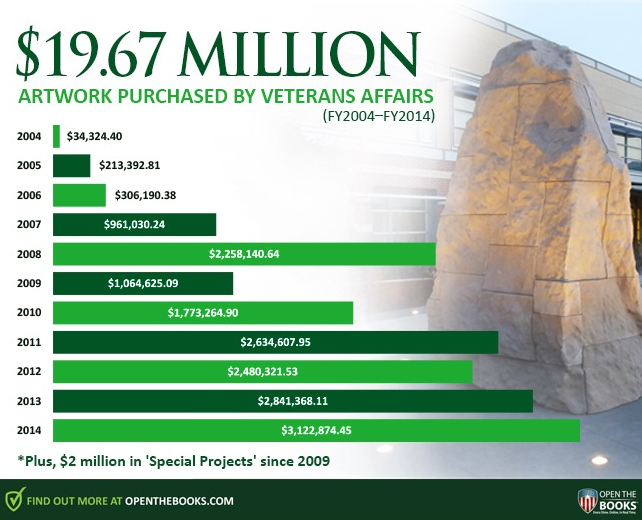



July 28, 2016
By Adam Andrzejewski

Source: OpenTheBooks.com.
From 2012–2015, while 1,000 veterans died waiting for health care and numerous calls to the suicide prevention hotline went to voicemail, the Department of Veteran’s Affairs created 40,000 new positions — but hired only 3,600 doctors — and managed to spent $20 million on artwork. Included in the expenditures was a 27 foot artificial Christmas tree for $21,500, delivered to Chillicothe, OH, and two sculptures costing $670,000 for a facility in California that serves blind veterans. Blind veterans can’t see fancy sculptures, but all veterans deserve to see a doctor.
Adam Andrzejewski, CEO at OpenTheBooks.com and author of the Forbes editorial, The VA’s Luxury Art Obsession.